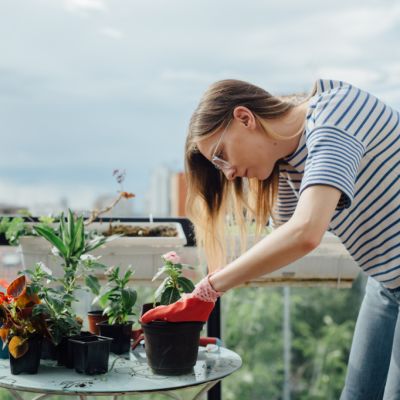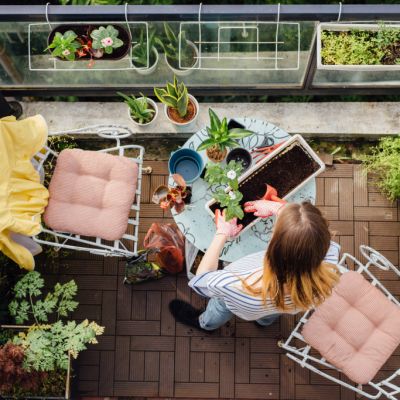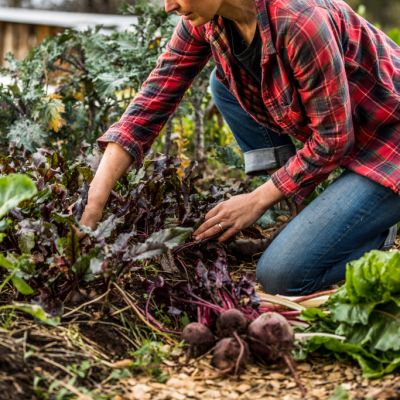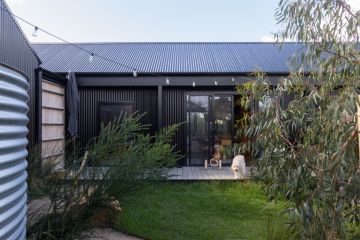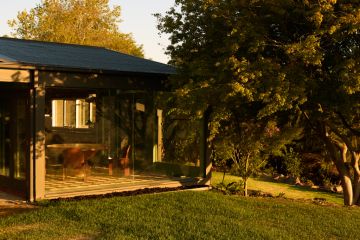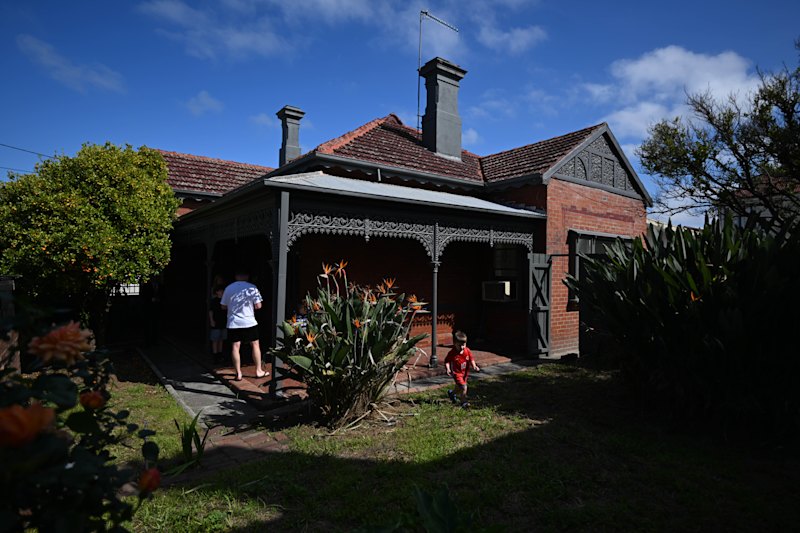Bringing the outdoors in: A quick guide to caring for indoor plants
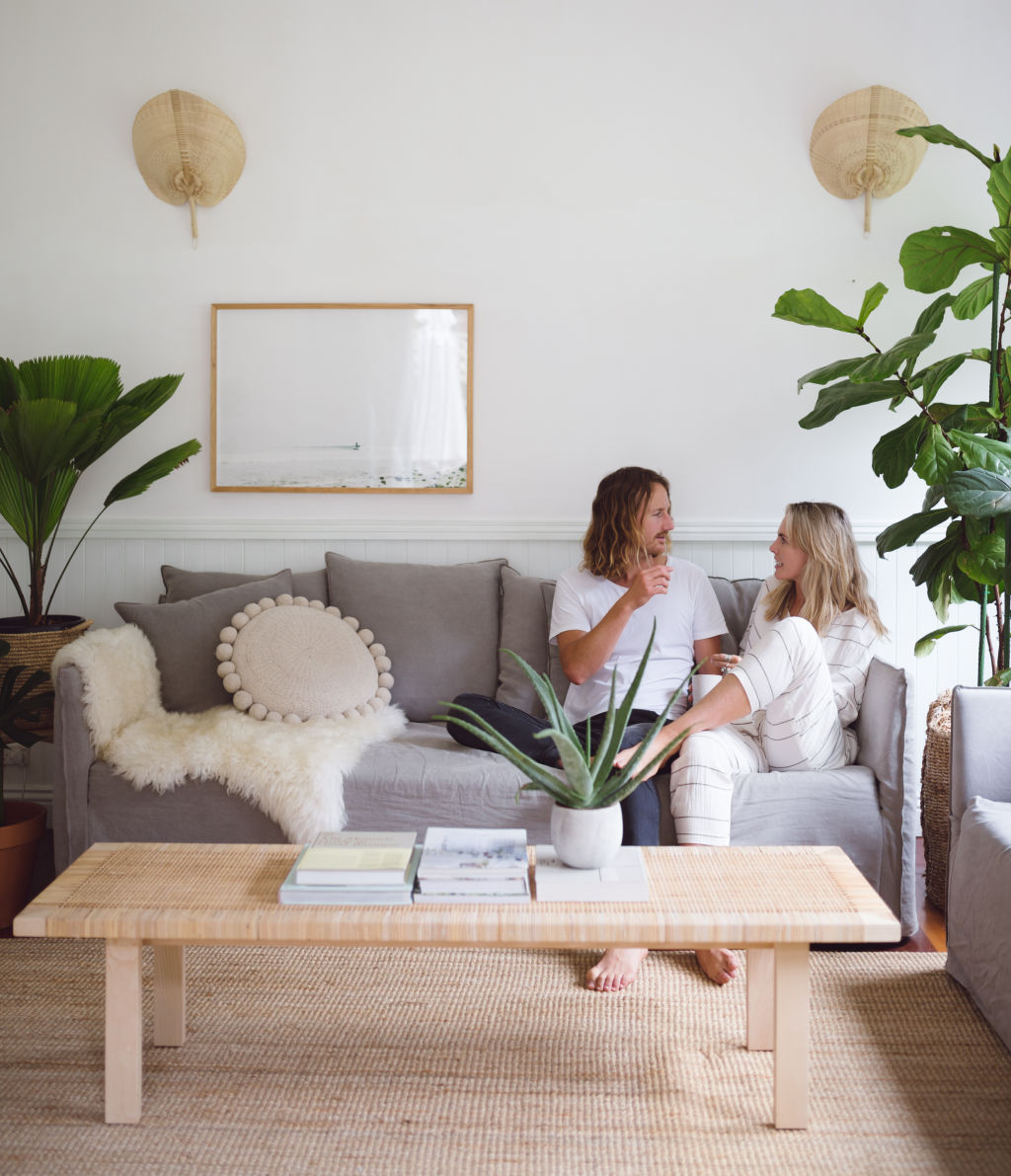
Plants in the house can make a big difference to the look and feel of a room, and the benefits of indoor plants for wellbeing, including improving air quality, are now more widely recognised.
How many “plants per person” does your home or office have now? My house – before kids – had copious indoor plants. It was a sanctuary.
We’ve had to pare it back a little, but I still love bringing the outdoors in. Now, with toddlers roaming, we’ve shifted to fewer, but bigger, plants (small trees, really) in larger, more stable pots. It maintains the same biomass with a little less effort and time required for care, because two-year-olds need a lot of that.
Plant position
I believe the ideal spot for indoor plants is within two metres of a window. In my experience, plants that have been further away haven’t grown much at all (apart from the all-pervasive sansevieria). Devil’s ivy is another strong low-light plant that seems to get by with less.
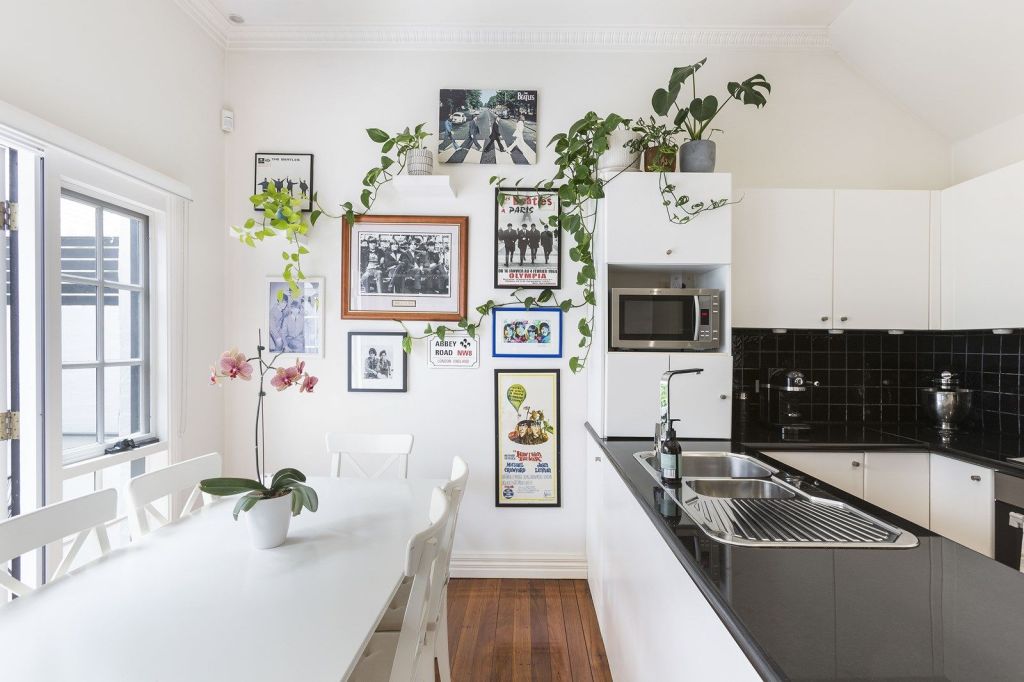
And there are loads of plants that will survive with low light. They won’t exactly keel over and die if more than two metres from the window; they just won’t thrive.
Thriving plants take more water, grow quicker, stay healthier and repel pests naturally. If your indoor plants need to be in a darker spot you could keep them on rotation – a few days outdoors, then a week back inside so that they’re getting enough vitamin D.
I do this with most of my indoor plants, not just the low-light positioned ones, as I feel it keeps them fresh-looking and thriving.
Suitable sizes
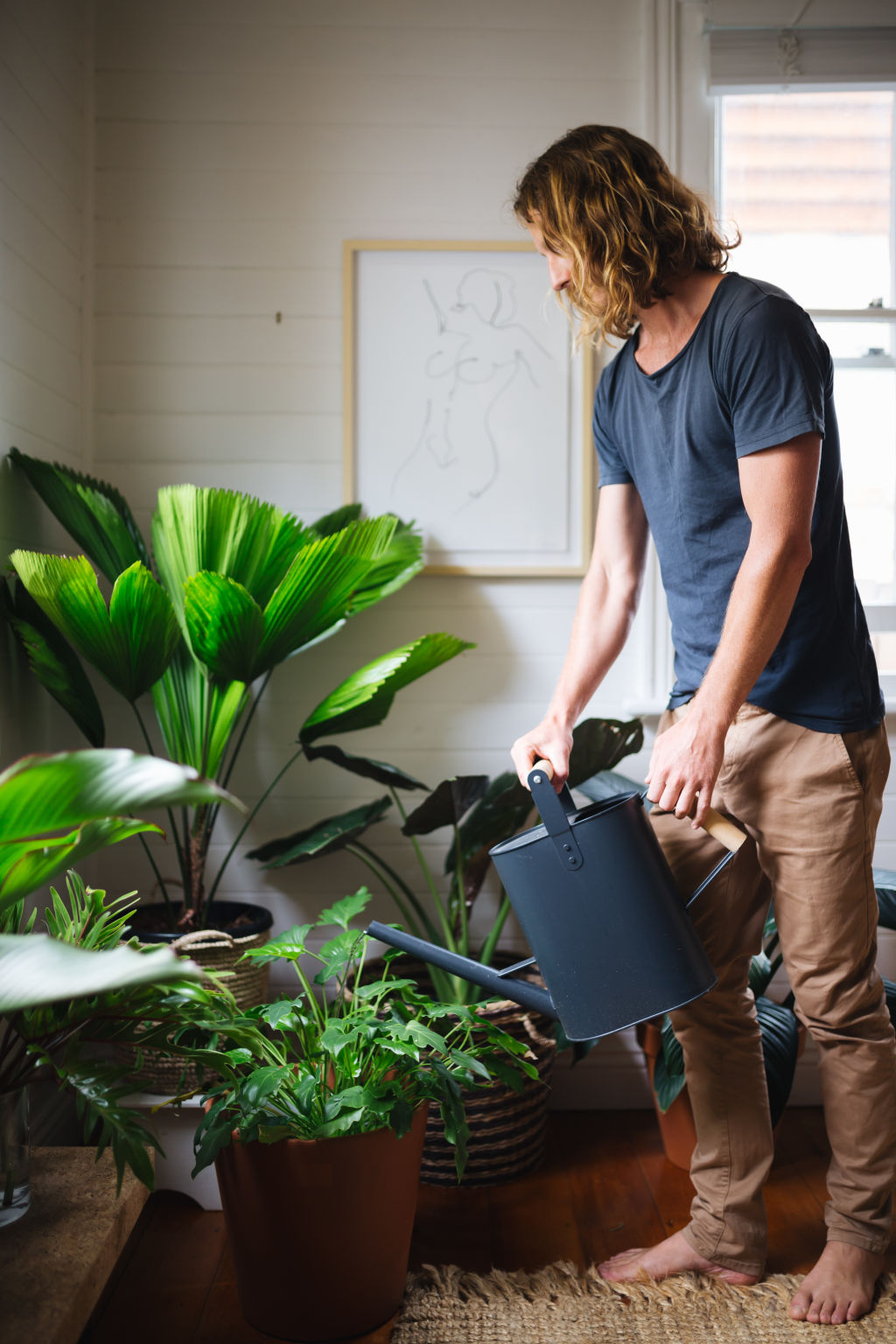
What size pot will fit the space, what height and shape should the plant be? Leaf Supply have books on the topic that are as helpful as they are beautiful. I highly recommend them.
Personally, I’m loving having some tall two- to three-metre plants inside. My current larger plants have narrow leaves such as Dracaena marginata or Ficus longifolia for tall corner positions.
I also love a Ficus elastica for its hardy, dense and space-filling qualities. Licuala elegans (fan palm) is also a favourite for its massive tropical round leaves. Spathiphyllum Sensation, monstera species and philodendron species have a lower form with broad leaves.
Ferns can be a little more sensitive to humidity, temperature and drafts through the house, so can be trickier. Try growing them in the bathroom for better results.
Avoid full-sun trees such as citrus and olives. (I cringe at the number of times I see these used in interior photoshoots, knowing they won’t last indoors.) These guys are much happier in pots in your courtyard or on the balcony in full sun.
Pots
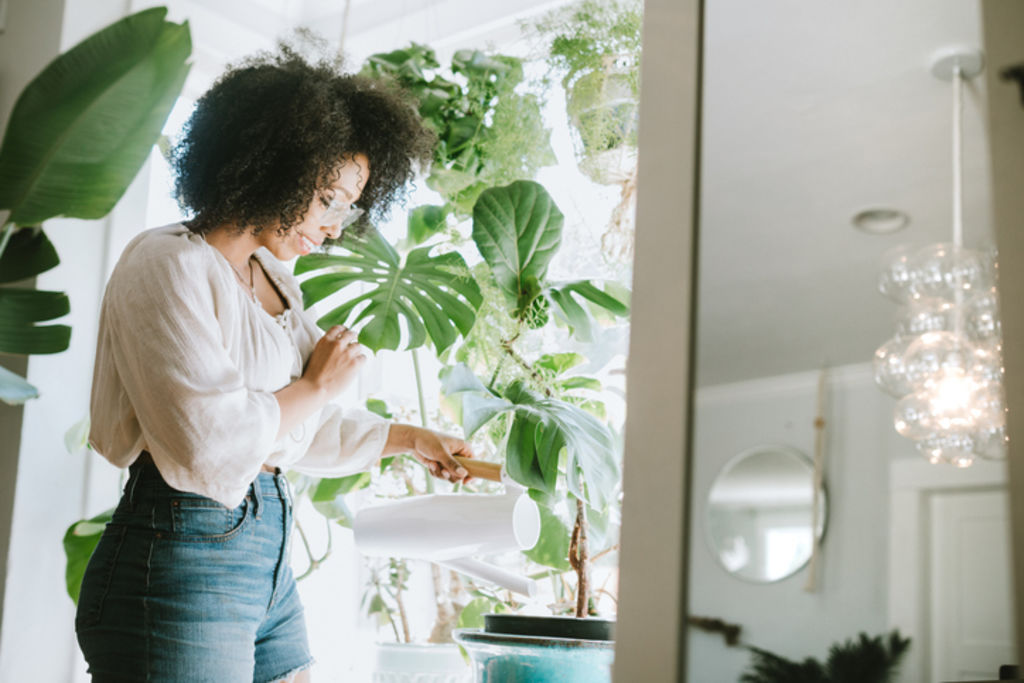
In comparison to general outdoor ones, indoor pots won’t have a drainage hole but it’s important you still allow for drainage.
This is where I see so many people going wrong with their indoor plants. Have a pot with a drainage hole sitting within your indoor pot so that the plant can drain as it needs to.
The plant you buy will come in a simple, thin plastic pot – keep it in this! Then buy your indoor decorative pot, ensuring that it’s at least 100 millimetres wider and taller than your plastic one.
While you’re there, buy a plastic saucer that will fit under your plastic pot, resting in the base of your decorative pot. Place your new plant into the pot and onto the saucer. This will catch excess water and act as an indicator – if it has water in it, don’t water the plant. If it’s overflowing into the saucer, it’s got enough.
Tips for healthy indoor plants
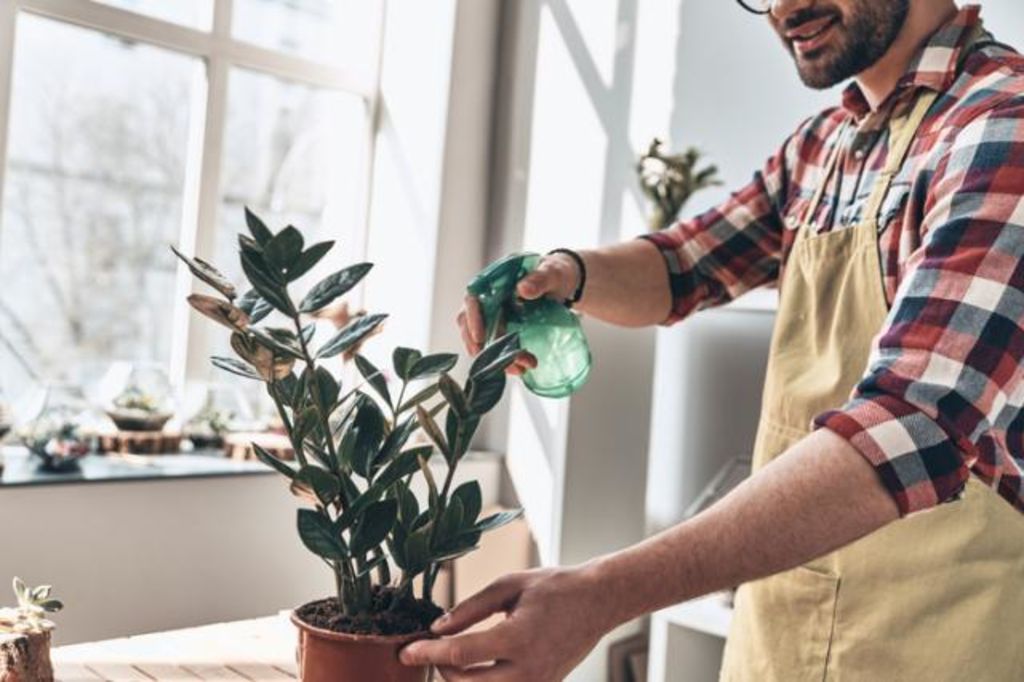
- If you’ve committed to caring for indoor plants, you’ll also need to commit to buying a watering can, some eco oil spray, a spray bottle, some indoor plant fertiliser and seaweed solution.
- Depending on the season, you’ll need to water your plants according to their particular needs (do some research). Remember that because they’re inside, they’ll naturally need less. Take the plastic pot (with plant in it) outside when it rains. This will not only water them; rain has nitrogen in it, which plants need, and it will give the leaves a good wash to remove any dust and bugs so that the plant can breathe.
- A seaweed solution every month acts as a health tonic for your plants. Then fertilise every three to six months depending on the product. If possible take your plant outside for a hose down and fill the pot with water in case the potting mix is a bit dry. Blast the leaves with a hose or wipe with a damp cloth if they are delicate.
Slow Down and Grow Something: The Urban Grower’s Recipe for the Good Life, by Byron Smith with Tess Robinson, Murdoch Books.
We recommend
We thought you might like
States
Capital Cities
Capital Cities - Rentals
Popular Areas
Allhomes
More
